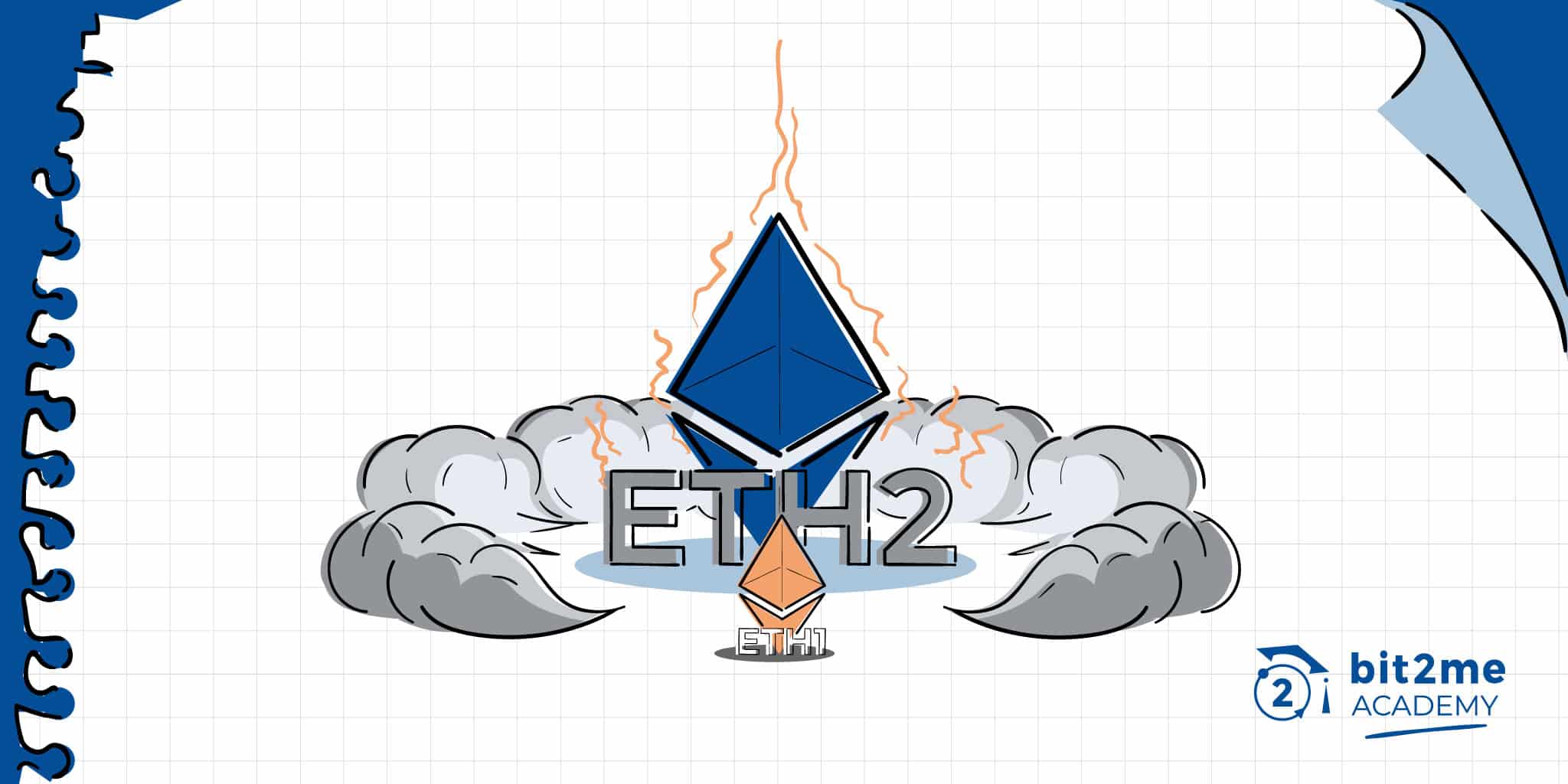[Ethereum] - Flash Bounty: Miners Moving?

📝 What is Ethereum Merge?
One of the most anticipated events within the ecosystem of Ethereum is the “Ethereum Merge”, which will allow the current mainnet of Ethereum, known as ETH1 and which is based on the Proof of Work consensus protocol, joins the Beacon Chain, a chain of blocks that for the moment has worked laterally using the Proof of Stake consensus protocol and to which it is known as ETH2.
With that, the Ethereum developer team seeks to evolve its blockchain, make it more energy efficient and create the foundation for scalability through sharding, a blockchain network slicing technology that could lead Ethereum to scalability of over 1000 transactions per second (TPS) in its early days.
📌 Importance of Ethereum Merge
The importance of Ethereum Merge goes hand in hand with the technological evolution of Ethereum and its vision of becoming a highly scalable, secure and reliable network.
Firstly, Proof of Stake will allow developers to make the network more energy efficient, leaving behind concerns from the community about Ethereum's high energy consumption. Currently, the energy consumption of the Ethereum network is over 110 TW/h per year, which is equivalent to the energy consumption of some countries, such as the Netherlands.
The arrival of the Proof of Stake network enables a new form of tokenomics in which the staking is the central axis. With this new protocol, the new validation nodes of the network must stake at least 32 ETH to be part of the set of nodes that will be in charge of taking the transactions of the network and validating them if they are chosen to carry out that action. . Thus, PoW mining will no longer be the network's verification and consensus generation mechanism, so these miners will have to migrate to other networks (eg Ethereum Classic).
💡 | And what is my purpose in doing this analysis?
Considering this fundamental change in the Ethereum network structure (from Proof of Work to Proof of Stake) greatly affects the miner community, in this dashboard I tried to evaluate the miners' behavior in the weeks leading up to the merger. So let's go and see the results of this analysis together.

What were my methods for this analysis?
> 1️⃣ ▶ At first, the total number of Ethereum network miners was obtained. Then, for miners with at least 5 blocks, the number of blocks, the total number of transactions made in their blocks, the average number of transactions per block, and the average number of blocks and transactions per day were obtained.
>
>
> 2️⃣ ▶ Then, I obtained the date of the last block mined by each miner (with at least 5 blocks) to determine the maximum date each miner has continued with the Ethereum network.
>
>
> 3️⃣ ▶ Next, 7-day intervals were determined from the current date to the previous month in order to determine how many miners there were in each of these intervals. This gives a basic view of whether miners will leave or stay in the Ethereum network, but it is not a completely correct view. The start and end time of a miner, the consistency in mining his/her blocks and other parameters can also have significant effects on the accuracy and precision of the obtained results.
>
>
> 4️⃣ ▶
>
>
> 5️⃣ ▶
>
> \
Conclusion
> ▶ The graphs and tables above show that after 2015, the number of daily active miners was always less than 100 (except for the day of Merge and the day after that) and its trend has been a constant and somewhat uniform trend in these years.
>
>
> ▶ Looking at the graph of the number of daily active miners in 2020, it is easy to see the stability in the number of daily miners. Even in the period when the number of daily blocks decreased significantly in June and July, miners were still active that day and their number was not less than before.
>
>
> ▶ The chart of the number of daily blocks shows much less fluctuations than the chart of the number of daily transactions. Of course, the fluctuations of both charts are in a very small range, but comparing the two together, the chart of the number of daily transactions has shown larger fluctuations.
>
>
> ▶ The number of new miners that have been added to the community of miners on the Ethereum network each day can be seen in the graphs above. The appearance of the graph is very similar to the appearance of the graph of the number of daily active miners. Here, after 2015, the number of new miners that are added every day does not reach 10 on any day (except for the last two days). The low and almost constant slope of Camiolito's graph is also a good example of this point.
>
>
> ▶ The number of miners who have left the community of Ethereum miners per day can be seen in the graphs above. The appearance of the diagram is very similar to the appearance of the diagram of the number of daily active miners and the diagram of the number of daily new miners. Here, after 2015, the number of new miners who leave each block mining does not reach 10 on any day (unless In the last two days, one day in 2018). The low and almost constant slope of Camiolito's graph is also a good example of this point.
>
>
> ▶ The appearance of the graphs of new miners and miners leaving mining are very similar to each other. The interesting point of all these graphs is that, contrary to the fact that the occurrence of Merge causes the complete targeting of the miner community, a large number of new miners happened to be added to the miner community on the same day. What the purpose of this was is an interesting point that could be an interesting topic for a wider research and interpretation.
>
>
> ▶ In general, 41.3% of Ethereum network miners have shown stability of less than 15 days. The point is that out of these 1128 miners who are in this category, the majority have joined the community of Ethereum network miners in recent days, and maybe this short period of time is not a good time to evaluate them. But the interesting thing about 22.2% of miners is that at least 4 months have passed between their first and last block. The miners in this category are among the biggest miners in this network, and at the beginning of this analysis, the status of the top 25 miners was briefly evaluated in terms of many parameters.
>
>
> ▶ Among the top 25 miners of the Ethereum network, none have mined any blocks after the Merge.
>
>
> ▶ In the classification of the status of miners, each class consists of two main parts. These sections are the time of the first mined block and the time of the last mined block of each miner, each of which was divided into levels 1 to 5 according to their distance from today's date. There are one level of each section in each floor, and this can give us a good idea of the beginning and end of a miner. About 91.5% of miners are at level 15. This means that the date of their first and last transaction is more than 60 days ago, and in the last two months and during the news of Merge, they have not played a role in this community with the intention of leaving mining or continuing it.
>
>
> ▶ Finally, as it seems, the very important Merge event did not have a huge negative impact on the status of blocks, transactions and even miners. The interesting point is exactly here that at the same time as such a fundamental change occurs, which should have a certain negative effect on the community of miners, but this community has expanded by more than 20% these days.